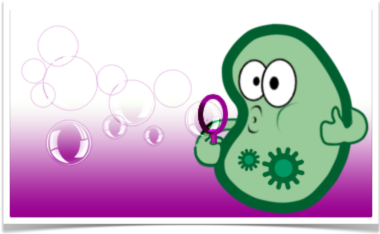Team:TU Delft/Project/solubility
From 2010.igem.org
Solubility
Spilled oil spreads rapidly in the environment. However, the hydrocarbons in the oil can't dissolve in the water and will remain on the water's surface or adhere to soil particles. Hydrocarbons such as octane will only reach a mole fraction of about 1.5 × 10-7 in water. This low solubility makes microbiological degradation challenging since microorganisms will reside preferentially in the water phase. Nevertheless, a wide range of microbes including bacteria, fungi and yeasts are able to consume hydrocarbons, because evolution has equipped them with a variety of systems to improve the mass transfer from the hydrophobic phase.
It has been found that these microorganisms are capable to produce biosurfactants. This are proteins that increase the surface area of hydrophobic contaminants in water and thus increase their aqueous solubility and consequently their microbial degradation. The biosurfactants or emusifiers also enable the organisms to increase their hydrocarbon uptake, which then can be converted more efficiently into potentially valuable products. These emulsifiers are promising reagents for oil extraction from sands making the process cheaper and more sustainable.

 "
"
